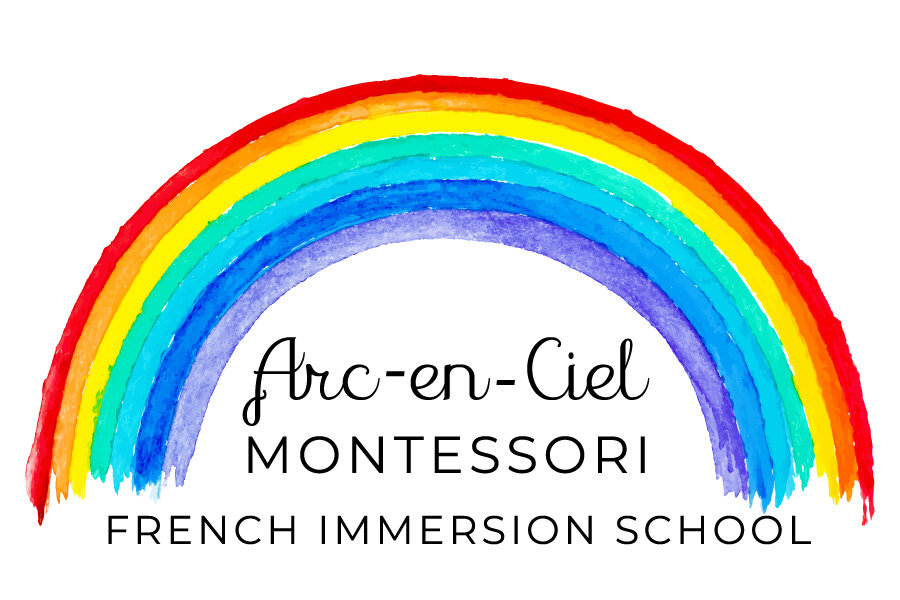WHAT IS MONTESSORI?
The Montessori method of education was developed by Dr. Maria Montessori who was the first female, Italian physician. Dr. Montessori developed this approach through the scientific observation of children all over the world. Through her observations, Dr. Montessori found consistent, naturally developing tendencies and characteristics that would serve as the foundation for the creation of optimally prepared environments that would encourage and support the realization of childrens’ full potential. Every teaching method, however, sparks moments of learning. Then why is Montessori so different? The difference is the method itself. The mind of a child is like a sponge—absorbing everything, always at the ready to learn something new. The primary goal of Montessori education? To turn that spark into a lifelong flame.
Imagine a school…
where education is viewed not just as a means to an end, but as an aid to life; where the method for learning comes not from a curriculum, but from the natural development of your child; a place where creativity, innovation, and individuality are valued as much as concentration, motivation, and persistence; where your child is not just a student, but also a teacher.
WHY IT WORKS
These key principles contribute to the success of Montessori education:
Multimodal Learning – Learning happens through movement, touch, sight and sound.
Mixed Age Classrooms – Placing children in mixed age groups, corresponding to planes of development, allows them to relate to children who are both older and younger. It also allows for a “confidence interval” around learning in that a child is not labeled as either behind or giftedsimply because they acquire a concept a little earlier or a little later than their same age peers.
Observation – Observation of the child reveals the proper timing for the presentation of new information and experiences academically, socially and personally.
Developmental – Awareness of the needs and abilities during specific times of development allows for optimal engagement and learning for the child.
Classroom Community – The classroom experience should build on the desire of the young child to master his or her environment. The classroom community is child-centered rather thanadult-centered.
Materials – The use of self-correcting materials allows children to manipulate and explore at their own pace and experience satisfaction and develop self-confidence with success.
Citation: https://amiusa.org/

